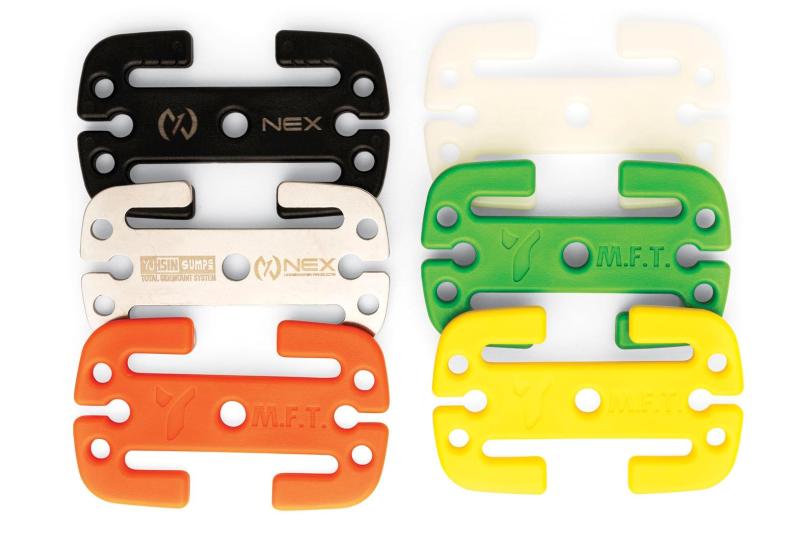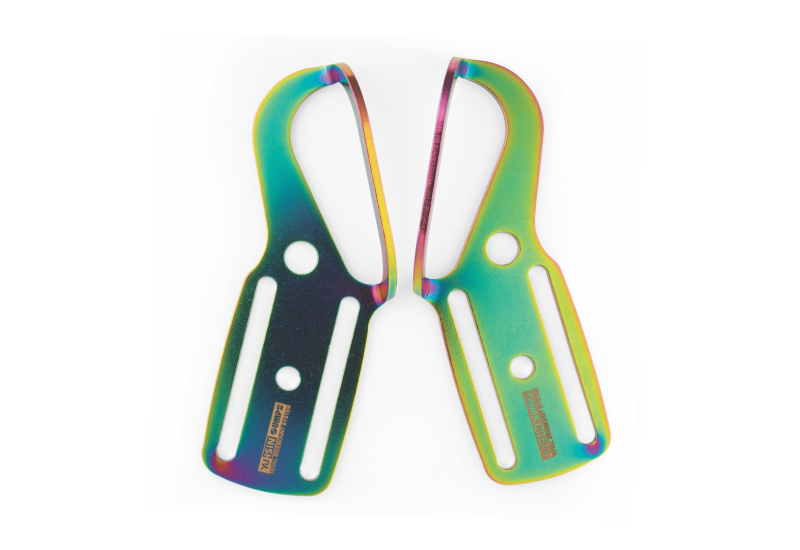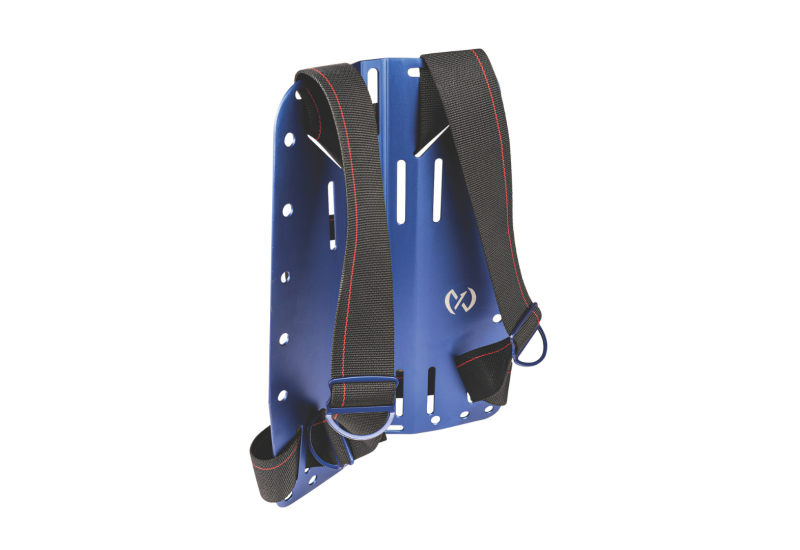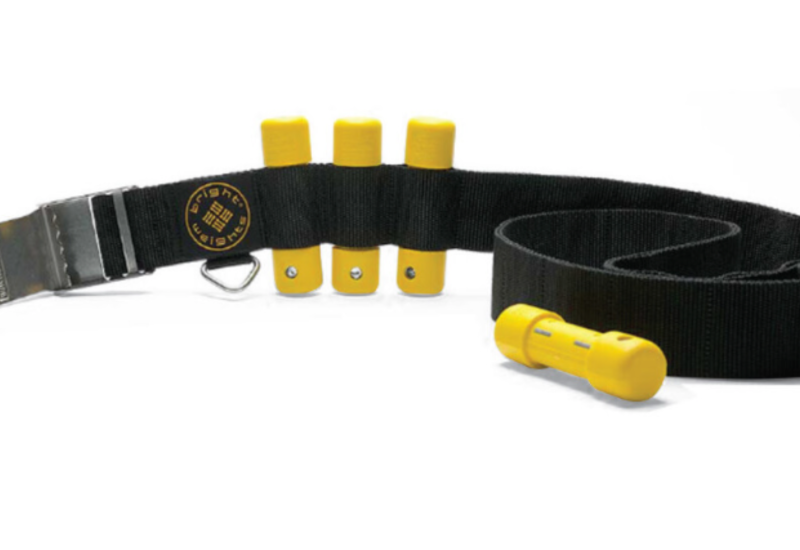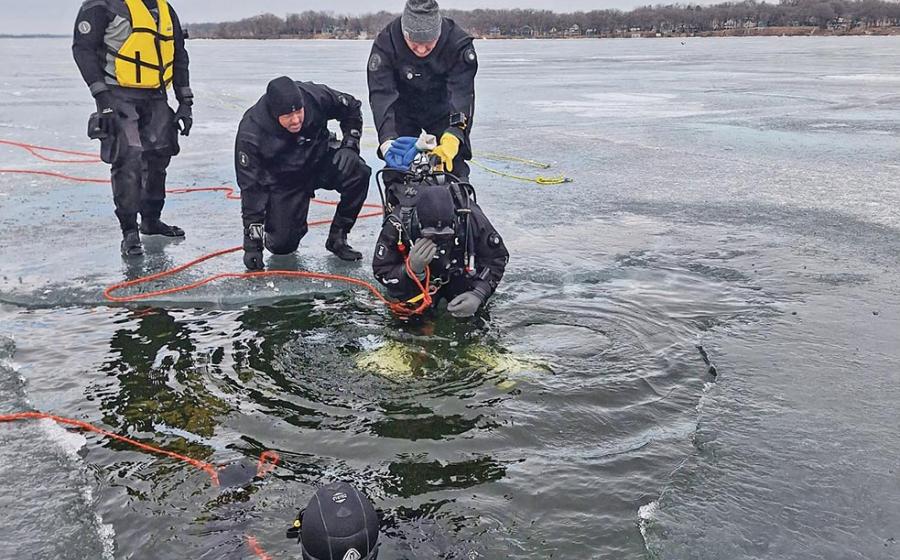Gear Bag: October 2007
October 2007
Photography by Joseph Byrd
Uwatec Galileo Sol Computer
|||||||
|---|---|---|---|---|---|
|

|
|

|
|

|
|

|
| Uwatec Galileo Sol Computer|
In the realm of recreational dive computers, we've never seen anything quite like the new Galileo Sol. For starters, it can read as many as four high-pressure transmitters (up to 4,350 psi) at the same time. It can track three nitrox mixes up to 100 percent. It comes with a heart-rate monitoring system, and it calculates true remaining bottom time by factoring in a diver's tank pressure, breathing rate, depth and upcoming deco obligations. Its cavernous memory lets you store your most recent 100 hours of dives at a four-second sampling rate, and the on-board logbook stores six pages of information for each dive, including two graphical charts. You can even store up to 100 gray-scale bitmap pictures of, say, a dive site map and refer to them underwater to help keep yourself oriented. And speaking of orientation, the Galileo has the bar-none best digital compass we've seen yet.
Performance: Even with this many features, the Galileo is surprisingly easy to use, thanks to a large screen and an intuitive three-button operating system. Each piece of information is clearly labeled, and the buttons use a combination of quick-push and push-and-hold actions.
In Dive Mode, the Galileo offers a choice of three primary screen configurations. If you like your information presented clean with large bold digits, there's the Light screen. If you're more of an inside-the-lines type, there's the Classic screen with lots of organized data boxes. The Full screen is similar to the Classic but with even more data compartments. You can also rotate the screen 180 degrees, enabling the unit to be worn with buttons on top or on bottom, whichever suits you. The screen uses gray/black tones to highlight data and warnings, and oxygen and nitrogen bars to track gas loading. Switching to alternate screens, the Galileo actually lets you view a graphical representation of your dive profile, plus lets you track your tissue loading via a detailed saturation bar graph, each bar representing a specific tissue compartment. This is info that you'd normally need a PC to access; on the Galileo, it's available at depth with the push of a button.
As for the heart rate monitoring system, our first reaction was a polite yawn. Then we strapped on the transmitter and saw our heart rate appear on the screen. Surprisingly, this became an extremely interesting piece of info, and we found ourselves referring to it often as we went about our dives. Then, of course, there's that cool digital compass whose partial compass rose and bearing storage feature can be used at a full 90-degree tilt.
Liberal or Conservative: The Galileo uses Uwatec's ZH-L8 ADT MB PMG (eight tissue compartments, Adaptive, Micro-Bubble, Predictive Multi-Gas) algorithm that is used on Scubapro's Aladin TEC 2G, only on the Galileo it also uses heart rate for its workload computations. This algorithm tends toward middle of the road when it comes to its liberal/conservative leanings, but you can make it more conservative by programming up to six micro-bubble suppression levels.
Bottom Line: This dive computer will do everything but make you a sandwich. At the same time, it's much easier to use than most computers with fewer functions we've tried. Price: $1,980. Contact: www.scubapro-uwatec.com.
Oceanic V-16 fins
||||
|---|---|---|
|

|
| Oceanic V-16 fins|
Sporting semi-rigid blade battens interspersed with rubber flex channels and reinforced with a pair of thick side rails, the new V-16 split fin from Oceanic offers a good balance of stiffness and flexibility. The blade also has a slight downward rake to it that, according to Oceanic, improves its angle of attack. The foot pocket is comfortable, with soft rubber on top and a substantial heel plate on bottom for stability. The buckles are generic, but the thick rubber heel strap offers a large finger loop for easy donning and doffing. Price: $189.95. Contact: www.OceanicWorldwide.com.
Scientific Divers BuddyCall Signaling Device
||||
|---|---|---|
|

|
| Scientific Divers BuddyCall Signaling Device|
The BuddyCall is a battery-operated diver-to-diver signaling device that can be heard underwater for up to 100 feet. Strap it to your wrist or hook it to your BC. To alert your buddy to the giant bat ray soaring right behind his head, just push the button to produce a loud warbling sound. A quick push on and off gives you a short burst, or, in an emergency, you can leave it on for continuous signaling. With a working depth of 110 feet, the BuddyCall will run for about 20 minutes continuously on a set of batteries, or if used only periodically, for approximately 60 dives, says the company. The unit comes with three 1.5-volt button batteries, a Velcro wrist strap, and a threaded thumbscrew for attaching to a BC strap. Price: $74.95. Contact: www.buddycall.org.
Tilos M400 Panoramic Mask & S560 Dry Snorkel
||||
|---|---|---|
|

|
| Tilos M400 Panoramic Mask & S560 Dry Snorkel|
This mask/snorkel combo comes in nine colors plus four stylish prints-green camouflage, blue thunder, silver pebble (shown) and pink flower. The front and side windows of the Panoramic mask are beveled where they meet to create a no-post corner. In air, this creates a true panoramic view; underwater, it creates some distortion but much less than with most no-post masks. The Dry Snorkel sports a clear silicone mouthpiece and a large purge valve for easy clearing. Price: Pattern Panoramic Mask, $40.28; Pattern Dry Snorkel, $26.03. Plain Panoramic Mask, $35.28; Plain Dry Snorkel, $18.53.
October 2007
Photography by Joseph Byrd
Uwatec Galileo Sol Computer
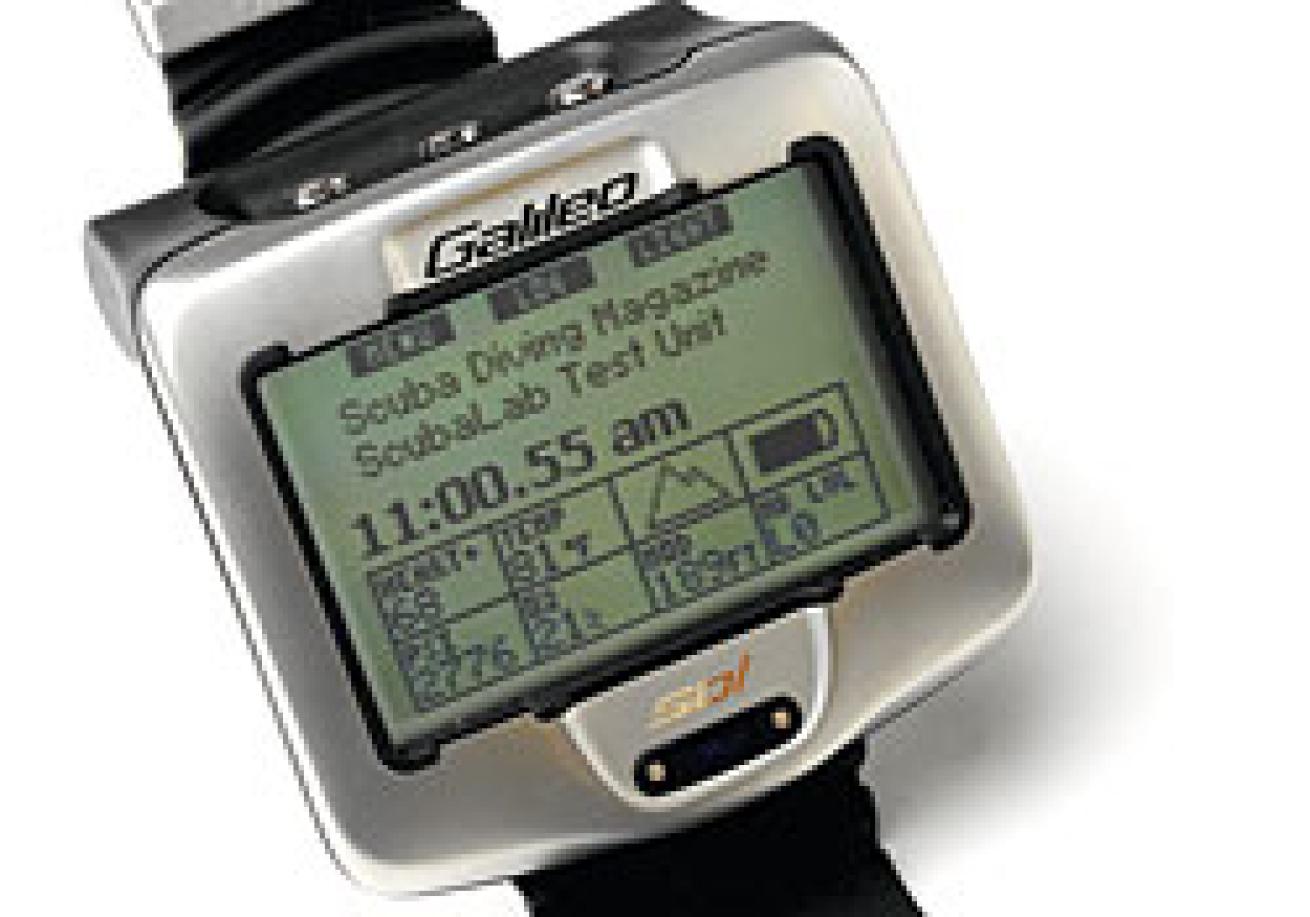
Uwatec Galileo Sol Computer| In the realm of recreational dive computers, we've never seen anything quite like the new Galileo Sol. For starters, it can read as many as four high-pressure transmitters (up to 4,350 psi) at the same time. It can track three nitrox mixes up to 100 percent. It comes with a heart-rate monitoring system, and it calculates true remaining bottom time by factoring in a diver's tank pressure, breathing rate, depth and upcoming deco obligations. Its cavernous memory lets you store your most recent 100 hours of dives at a four-second sampling rate, and the on-board logbook stores six pages of information for each dive, including two graphical charts. You can even store up to 100 gray-scale bitmap pictures of, say, a dive site map and refer to them underwater to help keep yourself oriented. And speaking of orientation, the Galileo has the bar-none best digital compass we've seen yet.
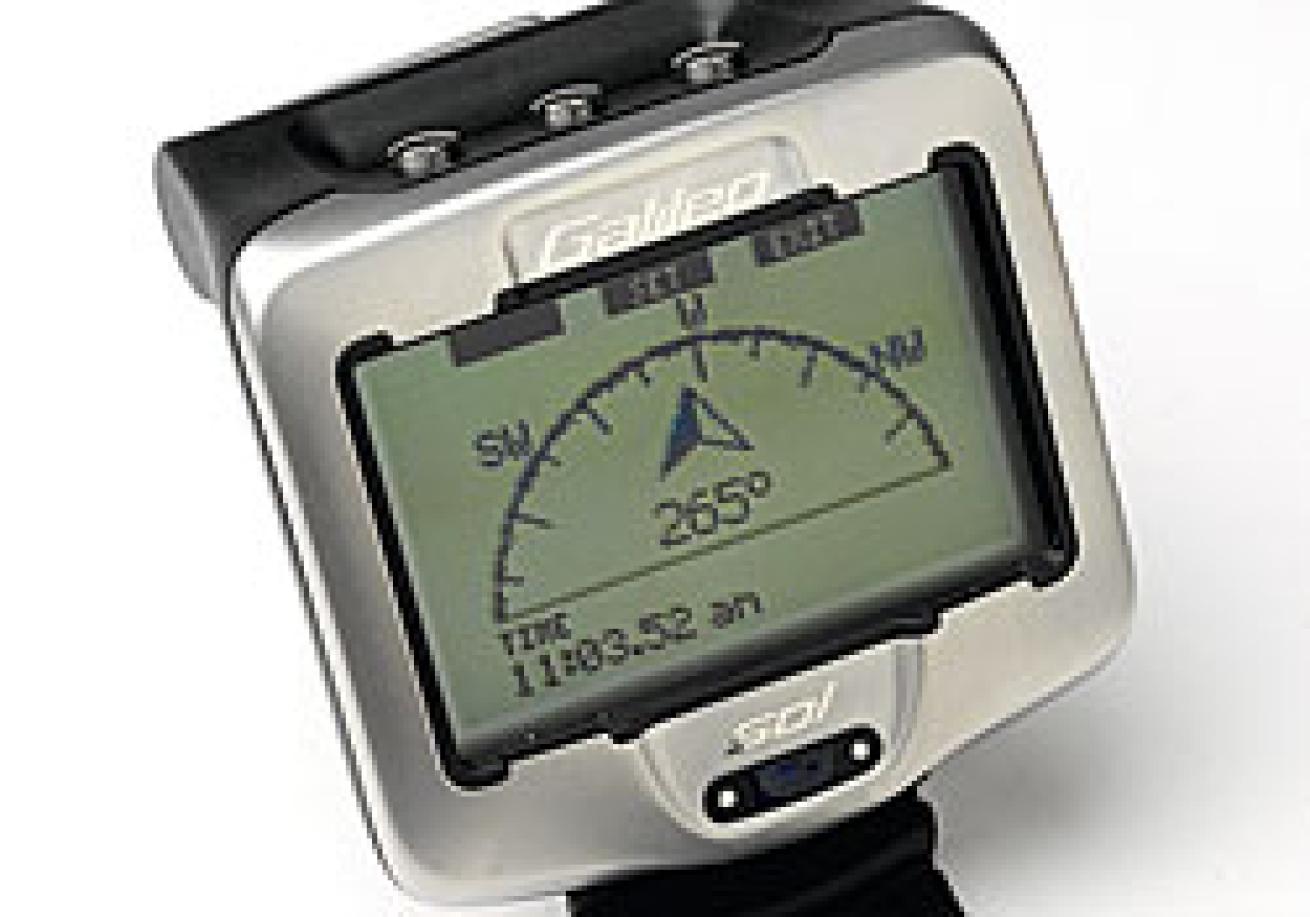
Performance: Even with this many features, the Galileo is surprisingly easy to use, thanks to a large screen and an intuitive three-button operating system. Each piece of information is clearly labeled, and the buttons use a combination of quick-push and push-and-hold actions.
In Dive Mode, the Galileo offers a choice of three primary screen configurations. If you like your information presented clean with large bold digits, there's the Light screen. If you're more of an inside-the-lines type, there's the Classic screen with lots of organized data boxes. The Full screen is similar to the Classic but with even more data compartments. You can also rotate the screen 180 degrees, enabling the unit to be worn with buttons on top or on bottom, whichever suits you. The screen uses gray/black tones to highlight data and warnings, and oxygen and nitrogen bars to track gas loading. Switching to alternate screens, the Galileo actually lets you view a graphical representation of your dive profile, plus lets you track your tissue loading via a detailed saturation bar graph, each bar representing a specific tissue compartment. This is info that you'd normally need a PC to access; on the Galileo, it's available at depth with the push of a button.
As for the heart rate monitoring system, our first reaction was a polite yawn. Then we strapped on the transmitter and saw our heart rate appear on the screen. Surprisingly, this became an extremely interesting piece of info, and we found ourselves referring to it often as we went about our dives. Then, of course, there's that cool digital compass whose partial compass rose and bearing storage feature can be used at a full 90-degree tilt.
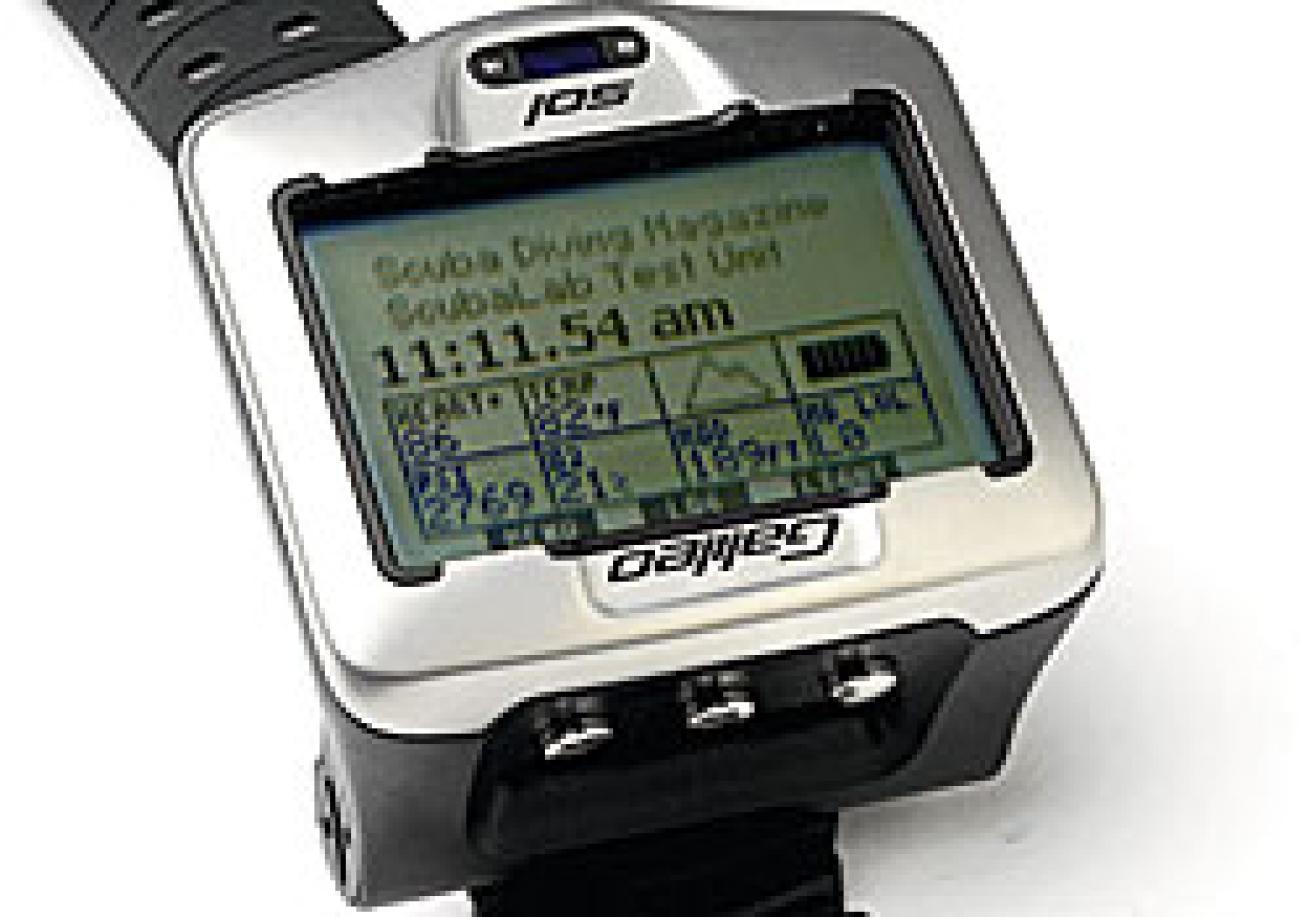
Liberal or Conservative: The Galileo uses Uwatec's ZH-L8 ADT MB PMG (eight tissue compartments, Adaptive, Micro-Bubble, Predictive Multi-Gas) algorithm that is used on Scubapro's Aladin TEC 2G, only on the Galileo it also uses heart rate for its workload computations. This algorithm tends toward middle of the road when it comes to its liberal/conservative leanings, but you can make it more conservative by programming up to six micro-bubble suppression levels.
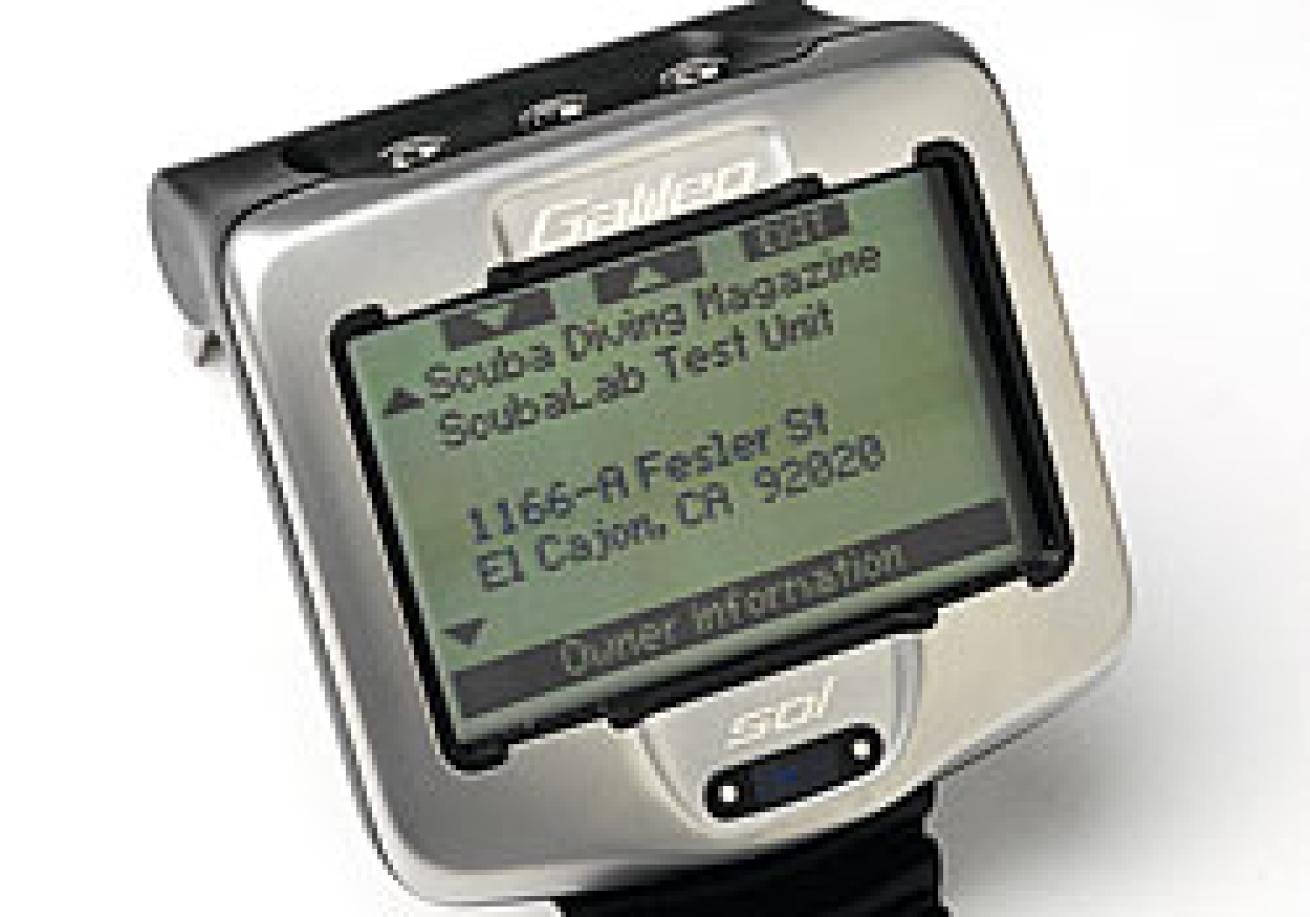
Bottom Line: This dive computer will do everything but make you a sandwich. At the same time, it's much easier to use than most computers with fewer functions we've tried. Price: $1,980. Contact: www.scubapro-uwatec.com.
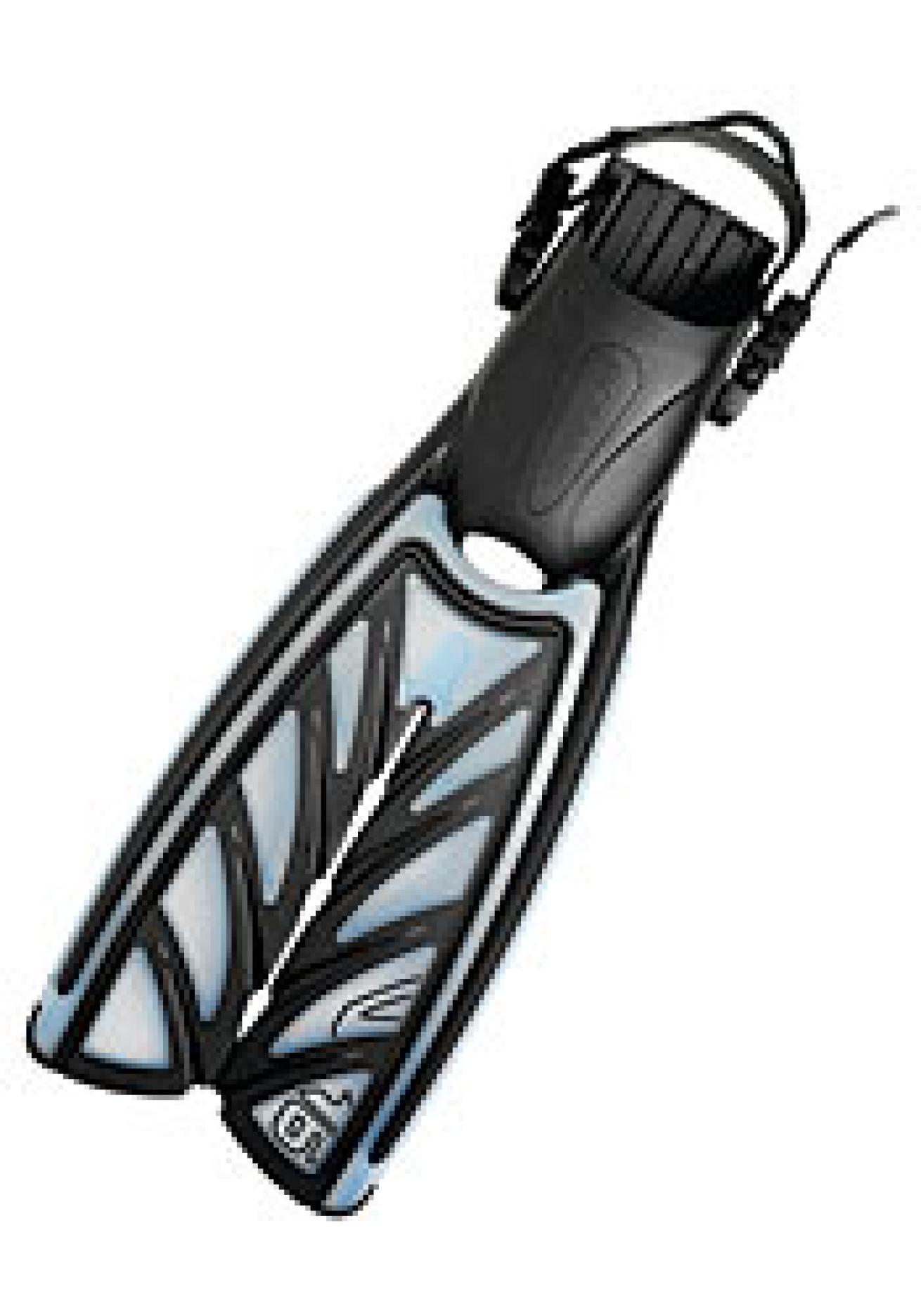
Oceanic V-16 fins
Oceanic V-16 fins| Sporting semi-rigid blade battens interspersed with rubber flex channels and reinforced with a pair of thick side rails, the new V-16 split fin from Oceanic offers a good balance of stiffness and flexibility. The blade also has a slight downward rake to it that, according to Oceanic, improves its angle of attack. The foot pocket is comfortable, with soft rubber on top and a substantial heel plate on bottom for stability. The buckles are generic, but the thick rubber heel strap offers a large finger loop for easy donning and doffing. Price: $189.95. Contact: www.OceanicWorldwide.com.
Scientific Divers BuddyCall Signaling Device
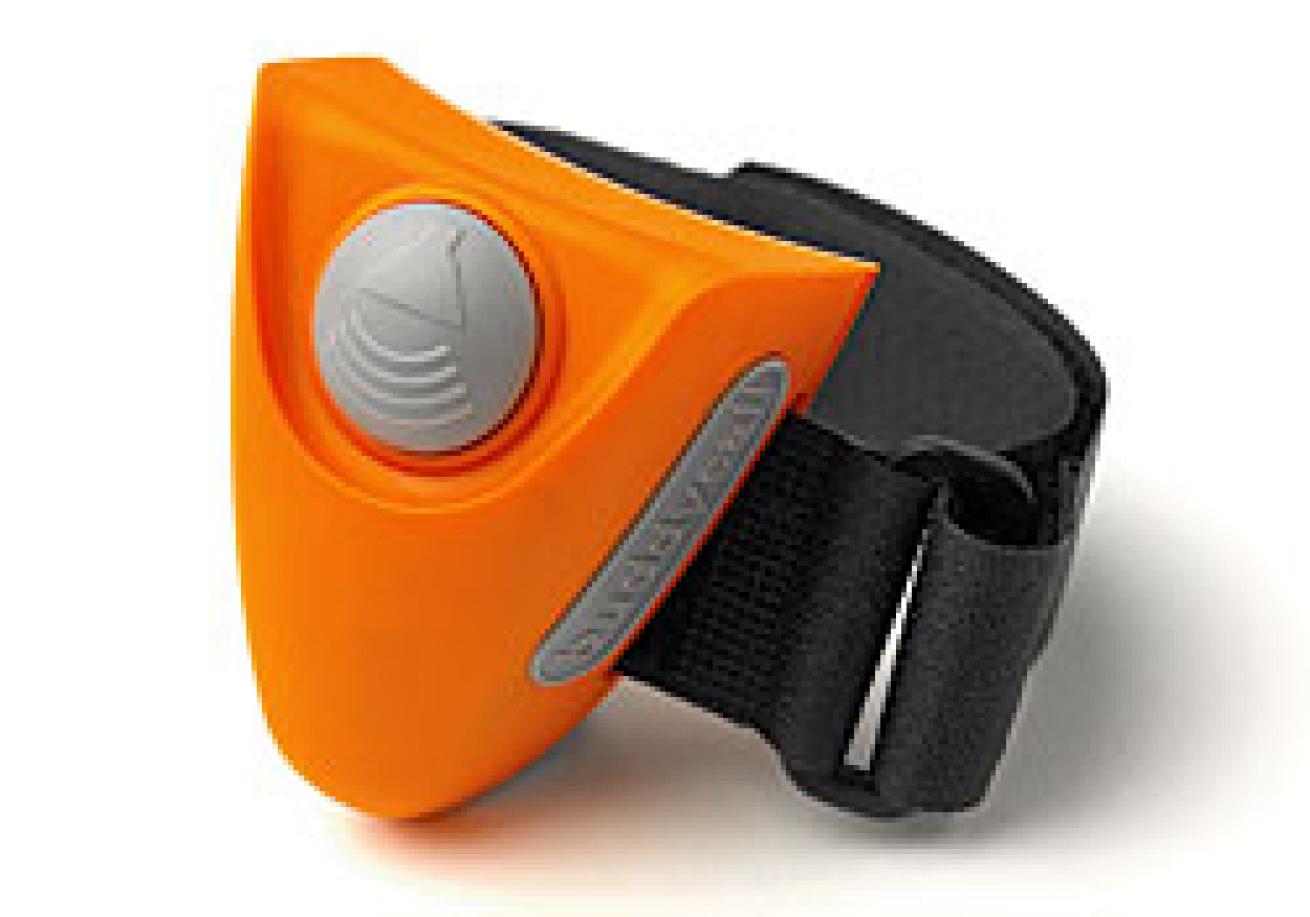
Scientific Divers BuddyCall Signaling Device| The BuddyCall is a battery-operated diver-to-diver signaling device that can be heard underwater for up to 100 feet. Strap it to your wrist or hook it to your BC. To alert your buddy to the giant bat ray soaring right behind his head, just push the button to produce a loud warbling sound. A quick push on and off gives you a short burst, or, in an emergency, you can leave it on for continuous signaling. With a working depth of 110 feet, the BuddyCall will run for about 20 minutes continuously on a set of batteries, or if used only periodically, for approximately 60 dives, says the company. The unit comes with three 1.5-volt button batteries, a Velcro wrist strap, and a threaded thumbscrew for attaching to a BC strap. Price: $74.95. Contact: www.buddycall.org.
Tilos M400 Panoramic Mask & S560 Dry Snorkel
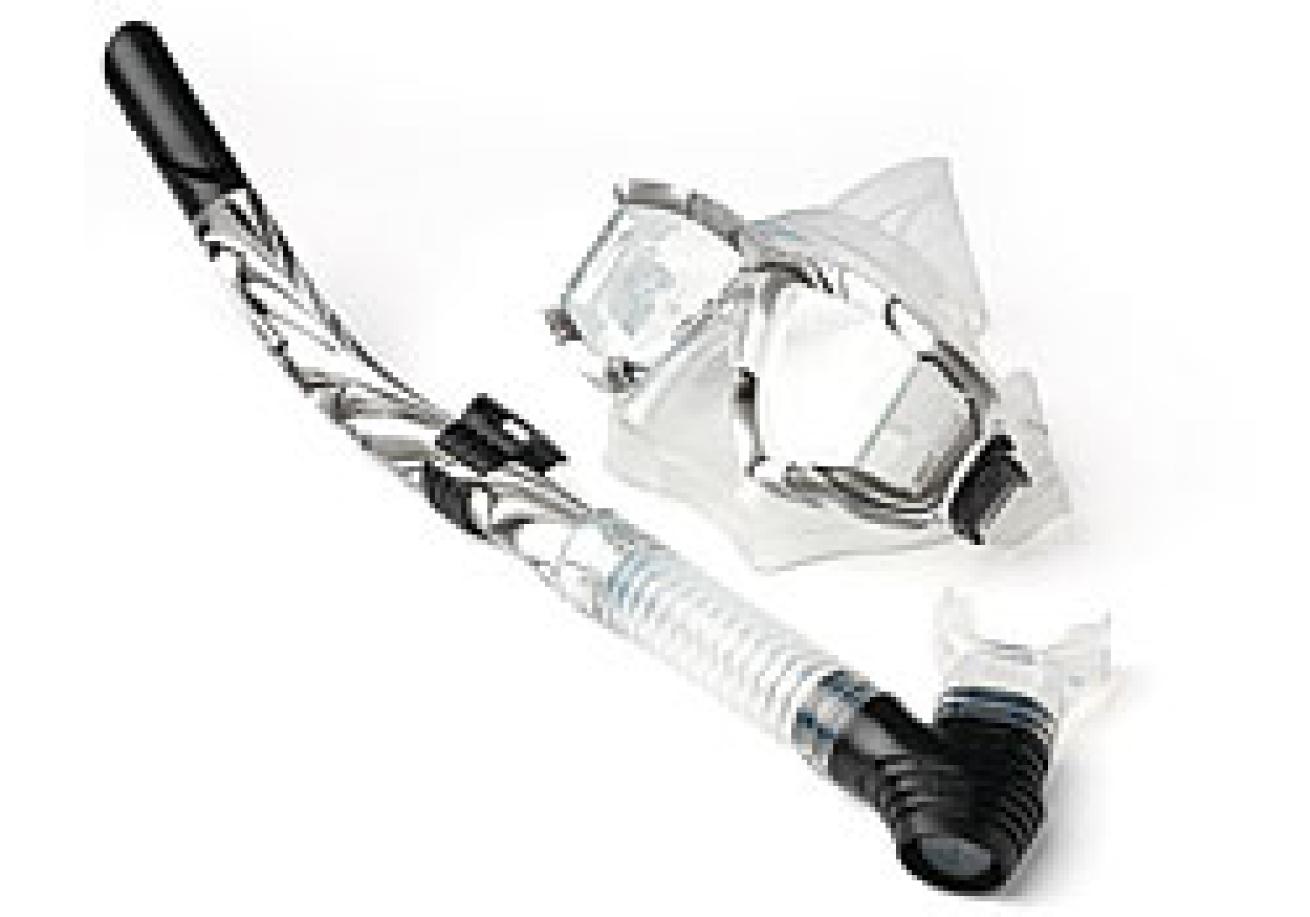
Tilos M400 Panoramic Mask & S560 Dry Snorkel| This mask/snorkel combo comes in nine colors plus four stylish prints-green camouflage, blue thunder, silver pebble (shown) and pink flower. The front and side windows of the Panoramic mask are beveled where they meet to create a no-post corner. In air, this creates a true panoramic view; underwater, it creates some distortion but much less than with most no-post masks. The Dry Snorkel sports a clear silicone mouthpiece and a large purge valve for easy clearing. Price: Pattern Panoramic Mask, $40.28; Pattern Dry Snorkel, $26.03. Plain Panoramic Mask, $35.28; Plain Dry Snorkel, $18.53.

